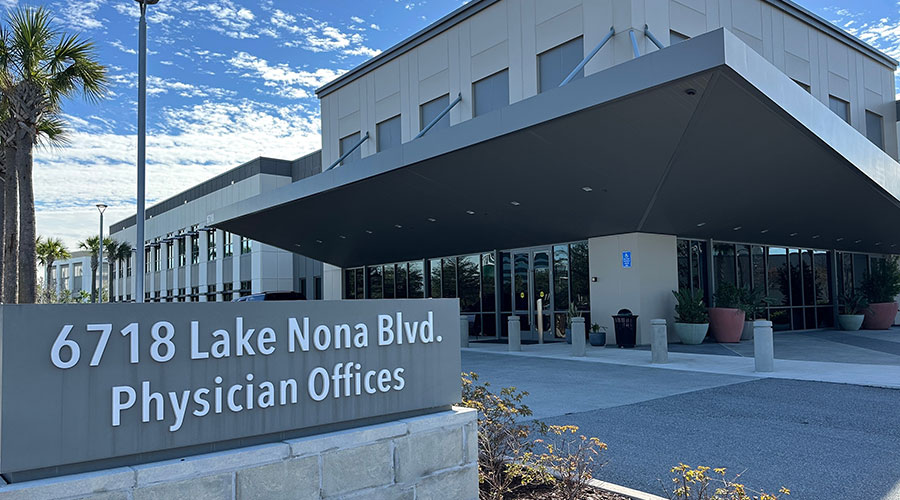Security for our country’s classrooms, daycares and businesses continues to be in the spotlight as a result of current events. Unfortunately, due to this increased attention, many untested and non-code compliant products have sprung up as stopgaps to increase security at these soft targets. Legislation has been introduced in many areas recommending or even dictating products and procedures in attempts to satisfy public outcry for increased security. Many of these measures, though done with good intentions, are contrary to the requirements of the already well-established codes and regulations instituted through decades of experience, often as a result of fatalities. Safety and security are a balancing act that cannot be taken lightly when considering changes to applications of products in public buildings.
NFPA 101, The Life Safety Code, is considering a change to the 2018 edition that has the Door Security & Safety Foundation (DSSF) very concerned. This change would allow for “not more than two releasing operations” to release the door for egress, where just “one releasing operation” has been mandated for nearly three decades. This change would initially be limited to doors intended to be locked to prevent unwanted entry in Existing Educational, Existing Day Care, and Existing Business Occupancies, but could open the door for consideration of this change in other Occupancies (both New and Existing). The verbiage calls out classroom doors specifically in Existing Education and Daycare, but does not make the same clarification in Business Occupancies; thereby introducing this “two means” option for locking on virtually any room door that is deemed acceptable to the local Authority Having Jurisdiction.
We have seen time and time again, in both real life and drill conditions, how difficult it is for someone placed in a stressful situation to operate locks, turnpieces, keys and other locking or latching items that require fine motor skills. Operating one device is difficult enough without introducing a second obstacle to overcome, especially in those Occupancies where tender age students are primary. This new code language does not require one releasing operation to retract the latches simultaneously, which means that there would likely be two completely independent releasing devices. In addition, the proposed language does not prohibit the use of locking devices that require the two releasing operations to be performed simultaneously, using two hands to retract the latches. Both of these applications would serve to increase the difficulty of egress exponentially.
While barricading and sheltering in place is a major consideration when preparing for unwanted entry, free and safe egress should never be overlooked. Other emergencies, such as fire, are statistically three times more likely to occur than an active shooter event.* We must not put our building occupants at risk by protecting against an unlikely event while exposing ourselves to a danger that is far more likely to occur.

 States Move Forward to Better Protect Senior Citizens
States Move Forward to Better Protect Senior Citizens Archer and REDA to Transform Newport Beach Building into Outpatient Center
Archer and REDA to Transform Newport Beach Building into Outpatient Center Sunflower Medical Group Facing Lawsuit Following January Data Breach
Sunflower Medical Group Facing Lawsuit Following January Data Breach Nemours Children's Health Opens New Location in Lake Nona
Nemours Children's Health Opens New Location in Lake Nona Enhancing Safety at Hennepin Healthcare with a Screening System
Enhancing Safety at Hennepin Healthcare with a Screening System